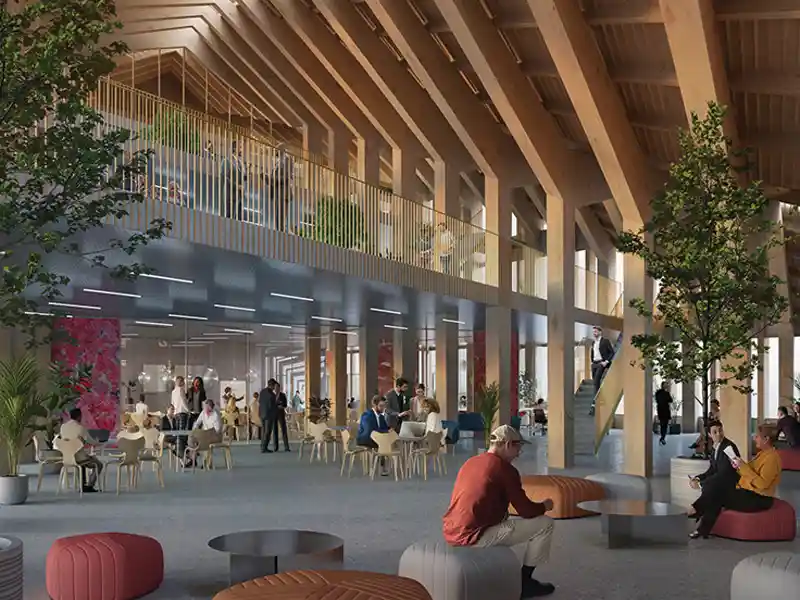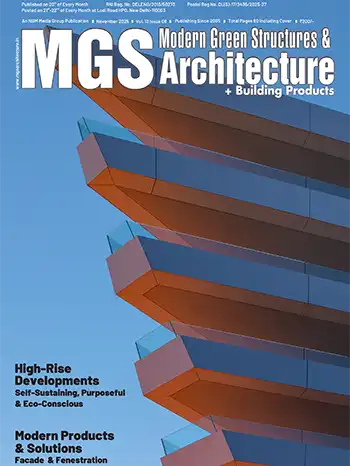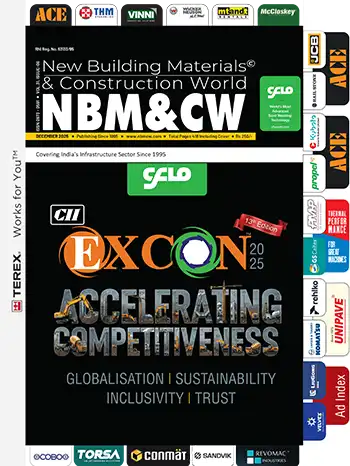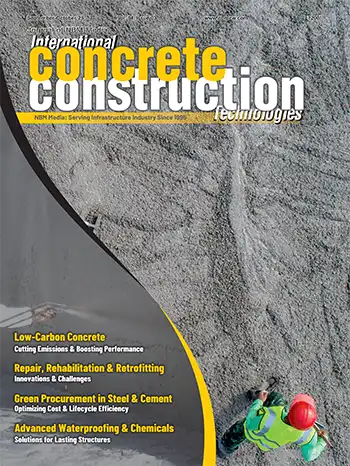Designing with material efficiency, adaptability, and a focus on lifecycle management not only reduces waste but also provides long-term economic and environmental benefits.
Reza Kabul, Architect, Interior Designer, Urban Planner, ARK Reza Kabul Architects
Designing a building to reduce and reuse materials, while minimizing construction waste, involves a multi-stage approach that integrates strategic decisions throughout the design and construction process. Strategies such as efficient use of materials by utilizing standardized components, modular design, and optimizing structural elements that will reduce waste and allow for easier reuse in future projects.

Designing buildings to be disassembled rather than demolished at the end of their life, using tools like BIM and optimized cutting plans, also encourages material reuse and ensures efficient use of resources. For example, BIM is revolutionizing how construction projects are designed, planned, and executed. It can also support design strategies aimed at deconstructing buildings at the end of their life.
By implementing Prefabrication and Modular Construction where material waste can be minimized. Robotics and AI-powered construction equipment can help automate processes like bricklaying, demolition, and concrete pouring. This reduces human error, ensures more accurate use of materials, and can be programmed to minimize excess material use. Taking sustainable and recycled materials into consideration, for example, where recycled concrete can replace virgin aggregates in new mixes, reduces both waste and the need for raw material extraction. These advancements lead to a more sustainable, cost-efficient construction processes, ultimately supporting a greener future for urban development.















